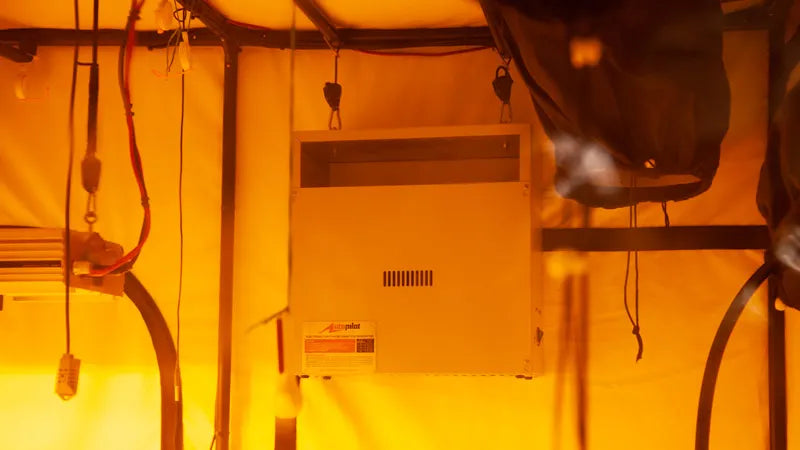So, you’ve got everything nailed down – you’ve mastered your lighting, environment and feeding and you’re pulling in large quantities of high-grade produce. What next? Well, if this is you, the thing to investigate is carbon dioxide (CO2) supplementation.
CO2 levels are one of the key factors that dictate rates of photosynthesis. Plants take the CO2 from the surrounding atmosphere and break it down into its component parts of carbon and oxygen, using the light energy from your grow lamp (or the sun) and a magical molecule called chlorophyll. The carbon is then used to manufacture essential plant sugars and the oxygen is released as a by-product.
Typical ambient levels are around 360ppm, but plants can make full use of at least three times that level before they become vulnerable to toxicity. By increasing the concentrations of CO2, plants are able to produce more sugars. This in turn accelerates overall growth rates, causing fruits to swell in size, while making plants more resistant to higher temperatures. It comes as little surprise, then, that CO2 supplementation is used extensively in the professional horticultural industry.
Luckily, we’re stocking the Pro-Leaf Controller – an excellent little unit that makes it easy for smaller scale growers to regulate CO2 in a plug-and play fashion. It works by telling your CO2 generating equipment when to switch on and for how long. The basic concept is no more complicated than that of a typical fan speed controller. However, instead of selecting an ideal room temperature, you choose a CO2 level in ‘parts per million’ (PPM). The Pro-Leaf features a professional-grade sensor that continuously monitors the grow space. Data on CO2 concentrations is then fed back to the Pro-Leaf’s onboard computer, and if levels drop below your ideal setting, CO2 is dosed as required until the levels return. It’s that simple.
What Other Equipment Will I Need
We won't go into the full details here, but as a rough outline, you can choose between CO2 cylinders (known as cold CO2) or gas burners (referred to as hot CO2).

